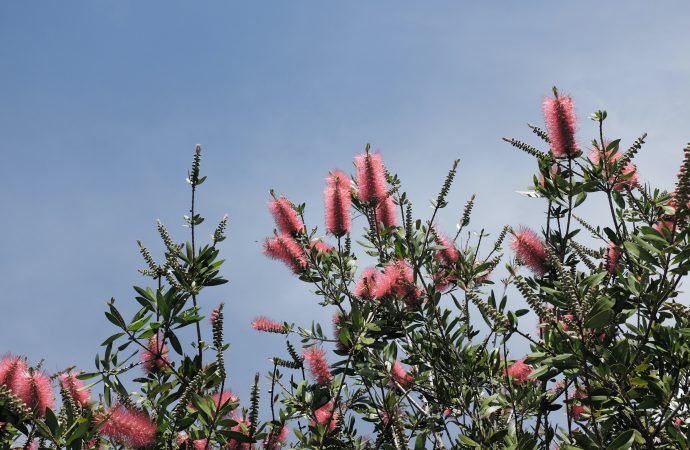Date: May 21, 2023 Byline: [Your Name] [City], [State] – In the pursuit of tranquility, garden enthusiasts and nature lovers are increasingly turning to shade gardens as a means of creating serene and peaceful retreats. While many gardens thrive under the sun’s rays, these low-light havens offer a different kind of allure, captivating visitors with
Date: May 21, 2023 Byline: [Your Name]
[City], [State] – In the pursuit of tranquility, garden enthusiasts and nature lovers are increasingly turning to shade gardens as a means of creating serene and peaceful retreats. While many gardens thrive under the sun’s rays, these low-light havens offer a different kind of allure, captivating visitors with their enchanting play of textures, subtle colors, and cool ambience. Today, we delve into the art of harnessing the power of shade gardens, exploring their benefits, design principles, and the restorative qualities they bring to urban landscapes.
The allure of shade gardens lies in their ability to create a haven of tranquility even in the absence of direct sunlight. Contrary to popular belief, the absence of bright light does not equate to dullness or lack of beauty. Instead, it invites gardeners and designers to embrace the subtleties of nature and explore the myriad plant species that thrive in these conditions.
One of the key benefits of shade gardens is their ability to provide respite from the scorching sun, making them ideal for regions with hot summers or for those seeking refuge from the heat. The shade cast by tall trees, architectural structures, or purpose-built structures like pergolas, arbors, and trellises creates a natural cooling effect, allowing visitors to escape the intensity of direct sunlight while still immersing themselves in nature.
Moreover, shade gardens can be an ideal solution for urban spaces where light pollution and tall buildings often limit direct sunlight. These low-light retreats offer a respite from the hustle and bustle of city life, providing an oasis of calm and tranquility amidst the concrete jungle. As more people seek ways to connect with nature in an increasingly urbanized world, shade gardens present an innovative and accessible solution.
Designing a shade garden requires a thoughtful approach that considers the unique requirements of shade-loving plants. Foliage, textures, and colors take center stage, with an emphasis on plants that thrive in lower light conditions. Some popular choices for shade gardens include ferns, hostas, astilbes, heucheras, and Japanese maples, each contributing its own unique charm to the overall composition.
To create a harmonious shade garden, experts recommend layering different plant heights and textures to add depth and visual interest. This might include incorporating tall trees or large shrubs as the canopy, medium-sized perennials and grasses as the middle layer, and ground covers or low-growing plants as the base. This layered approach mimics the structure of a natural woodland, further enhancing the sense of serenity and tranquility.
While designing a shade garden is undoubtedly a creative endeavor, it is essential to remember that nature remains the ultimate artist. Working with, rather than against, the natural environment ensures a sustainable and thriving garden. Choosing plants native to the region not only promotes biodiversity but also increases the chances of success, as they are naturally adapted to the local climate and soil conditions.
In conclusion, shade gardens offer a compelling alternative for those seeking tranquil retreats and a deeper connection with nature. These low-light havens embrace the subtleties of shade, inviting us to slow down, unwind, and appreciate the quiet beauty that can be found even in the absence of bright sunlight. With careful design and consideration, shade gardens have the power to transform urban spaces into oases of serenity, providing a much-needed respite from the demands of modern life.
As we navigate the challenges of an increasingly fast-paced world, perhaps the true power of shade gardens lies in their ability to remind us of the importance of balance, encouraging us to pause, breathe, and find solace in

















Leave a Comment
Your email address will not be published. Required fields are marked with *